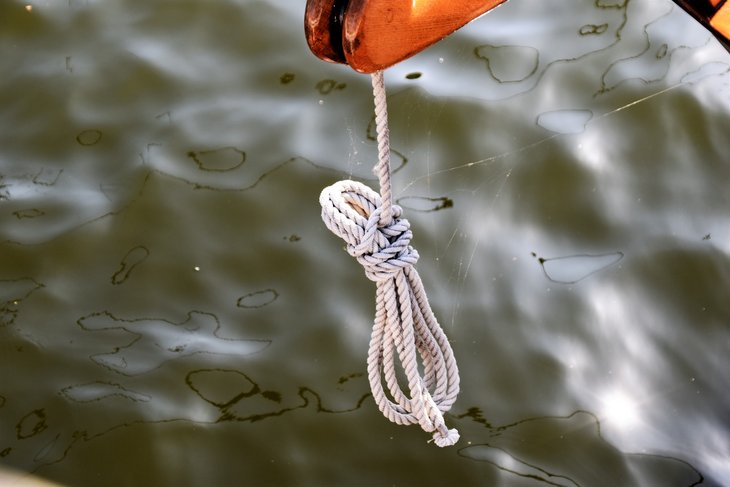
Our modern societies produce more chemicals than ever before - the European Chemicals Agency (ECHA) estimates that there are more than 100,000 chemicals on the market(1). Many of these chemicals end up in the environment, and therefore in the ocean. The pollution of our environment with chemicals is now even categorised as a global threat(2).
According to United Nations estimates, 400 million tonnes of pollutants enter lakes, rivers, and oceans each year – including thousands of chemicals, pharmaceuticals, pesticides, toxic heavy metals, cosmetic products, plasticisers, plastics, and much more(3).
In eight out of ten cases, this pollution of the sea begins on land. However, it is only occasionally possible to trace it back to a single source. Such individual sources include ships, chemical plants, mines, sewage treatment plants, or even communities that only partially treat their wastewater or discharge it untreated into rivers or seas. In most cases, however, the pollutants come from diffuse sources: that is, from several mostly unknown contributors. Additionally, pollutants are also carried into the ocean via the air or through rainwater.
Toxic cargo in every corner of the ocean
Once in the ocean, the toxins behave differently. Water-insoluble substances adhere to animal and plant remains, are eaten with them or sink with them to great depths. Other substances evaporate easily and escape from the sea surface into the atmosphere. All toxins that remain in the water column, on the other hand, are widely distributed by the ocean currents and reach every corner of the ocean.
The consequences of marine pollution with contaminants are varied and depend on the properties of the pollutants. Water-soluble substances are diluted by the sea, which makes them less potent than in their highly concentrated form.
Much more problematic are water-insoluble substances. These are absorbed by marine organisms through food, skin, or gills, accumulating in the fatty tissue and leading to steadily increasing poisoning rates. Researchers have mainly observed this in predators such as sharks, toothed whales, seals, and seabirds.
The toxins in the oceans can:
- cause diseases such as cancer
- lead to deformities
- trigger hormonal changes and thus influence the reproduction of marine animals
- cause behavioural changes
- lead directly to the death of marine life
Ultimately, the pollutants also end up with us humans – on our plates, when we consume fish or seafood heavily contaminated with environmental toxins. Just like in marine animals, the pollutants then accumulate in our fatty tissue.
Solution approach is slowly bearing fruit
The devastating effects of pollutants in the ocean have been known for over 60 years. In the late 1990s, international negotiations began to limit the production and use of particularly harmful substances. These mainly include persistent organic pollutants (POPs), which are difficult to break down in nature and particularly long-lasting.
In 2001, the Stockholm Convention was adopted. It regulates the handling and disposal of POPs. Chemicals deemed particularly dangerous can even be banned. An expert group meets regularly to evaluate new chemicals that are being used. Due to the complexity of the pollutants, the process works relatively slowly, but the convention is now showing the desired effects: The concentration of POPs that have been banned is slowly decreasing in the oceans(3).
- (1) European Chemicals Agency (2018). Registrierte Stoffe. echa.europa.eu/de/information-on-chemicals/registered-substances
- (2) Barrows, A.P.W., Cathey, S.E. and Petersen, C.W. (2018). Marine environment microfiber contamination: Global patterns and the diversity of microparticle origins. Environmental Pollution 237, 275-284. doi.org/10.1016/j.envpol.2018.02.062.
- (3) World Ocean Review 7, "Lebensgarant Ozean - nachhaltig nutzen, wirksam schützen" (2021), Kapitel 6 "Verschmutzung der Meere"







